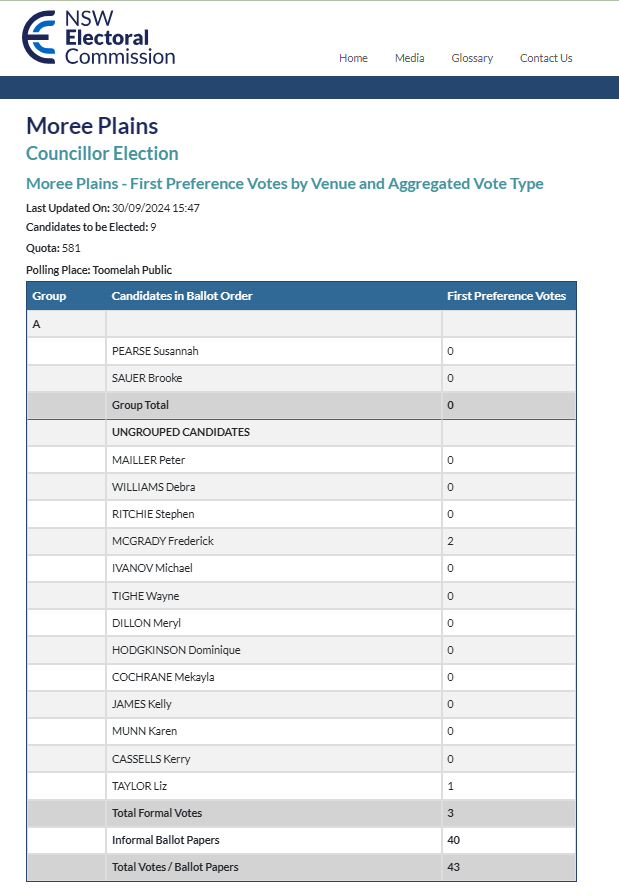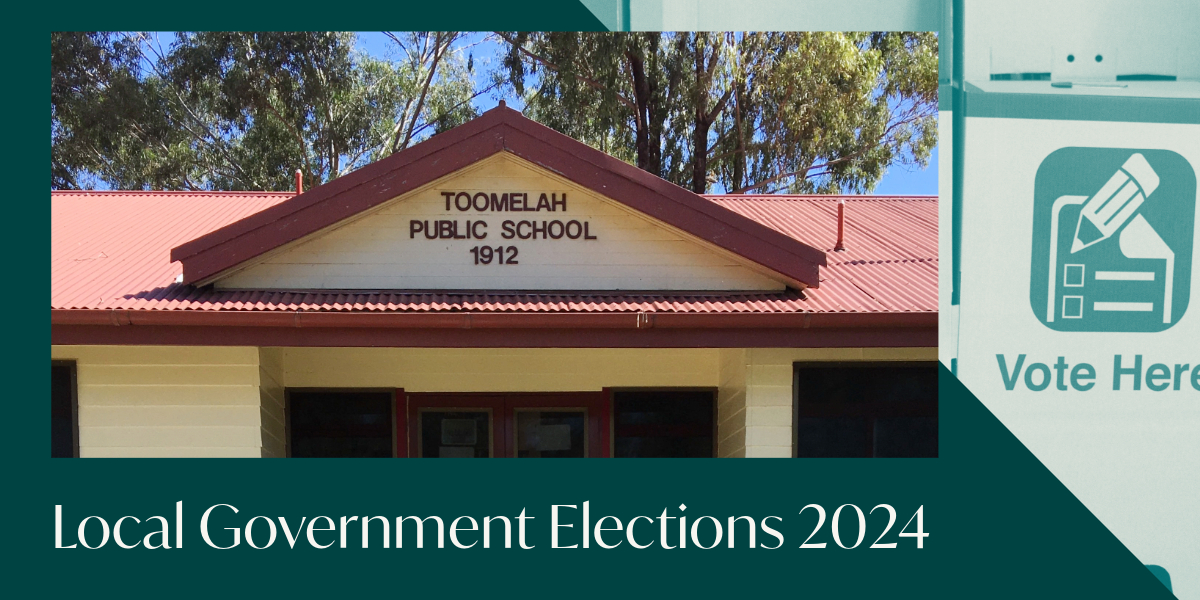While the distribution of preferences in not yet complete, with results for Walcha and Tenterfield still to come today, the clock is already ticking on requests for a re-count in those LGAs who got their results yesterday.
In New South Wales local government elections, candidates who wish to challenge election results through a recount must act quickly. They have only 24 hours from when the Returning Officer notifies them that the election results are available online. This 24-hour countdown begins at the time listed as ‘Final Results Available’ on the NSW Electoral Commission’s website.
For example, candidates in Armidale have until 10.53am. There was considerable chatter about the potential for a recount yesterday, following a poorly phrased social media post from an influential channel about a ‘dramatic recount’. However, a Facebook post by Jane Mactier, who as the first loser would have the most to gain from any recount, settled much of that speculation.
“Congratulations to the newly elected councillors for the Armidale Region – sad that I won’t be there to help make a difference but appreciate all the support I received and the efforts all the supporters put in,” she wrote.
If a candidate believes there has been a mistake or irregularity that could affect the outcome, they must submit a request for a recount, clearly outlining their reasons. This request is best sent via email to both their local Returning Officer and the NSW Electoral Commission, and candidates should follow up with the Returning Officer by phone or in person to ensure their request was received.
The Electoral Commissioner will consider several factors, including how detailed the candidate’s reasons are, whether any identified counting errors could have impacted the election results, and the likelihood that a recount would change the outcome, as well as the amount of time before Council is next scheduled to meet.
Simply having a narrow margin between candidates isn’t enough to guarantee a recount, nor is dissatisfaction with the result.
The Electoral Commissioner will closely monitor tight races and may call for a recount themselves if deemed necessary based on the circumstances.
One result that might fit that close race criteria is Narrabri, where there was less than 100 votes margin between the last winner and the first loser, and at one point there was just 5 votes between the two. It was a very unusual count, with most of the 33 counts involving the exclusion of a candidate rather than an election, and 5 of the 9 elected in the last count.
However, there are no obvious signs of any irregularity in the Narrabri contest.
The only obvious sign of voting irregularity is in the tiny community of Toomelah, in the north of the Moree Plains on the Queensland border. 43 of Toomelah’s 187 residents, only 6 of whom do not identify as Aboriginal, showed up to vote at the local public school on September 14. Only 3 had their votes counted.

Speculation yesterday amongst those close to the Moree Plains race is that there was incorrect instructions being given to the voters at the booth. A high informal rate is not uncommon in border booths where conflicting information about how to vote from the different systems in each state makes things confusing, but this kind of near complete vote failure would normally trigger further investigation.
If it is found that there was either incorrect instruction or some other kind of action on behalf of poll workers that caused 40 of 43 votes to be deemed informal, it is something that cannot be rectified by a recount. The election would normally need to be re-run, meaning that the Moree Plains Shire election held on September 14 would be voided, and the entire process started again.
The NSW Electoral Commission was contacted by New England Times last night to request further information on the result in Toomelah as well as a high informal vote (22%) in the Mungindi booth.
See all our coverage for the Local Government elections 2024.

